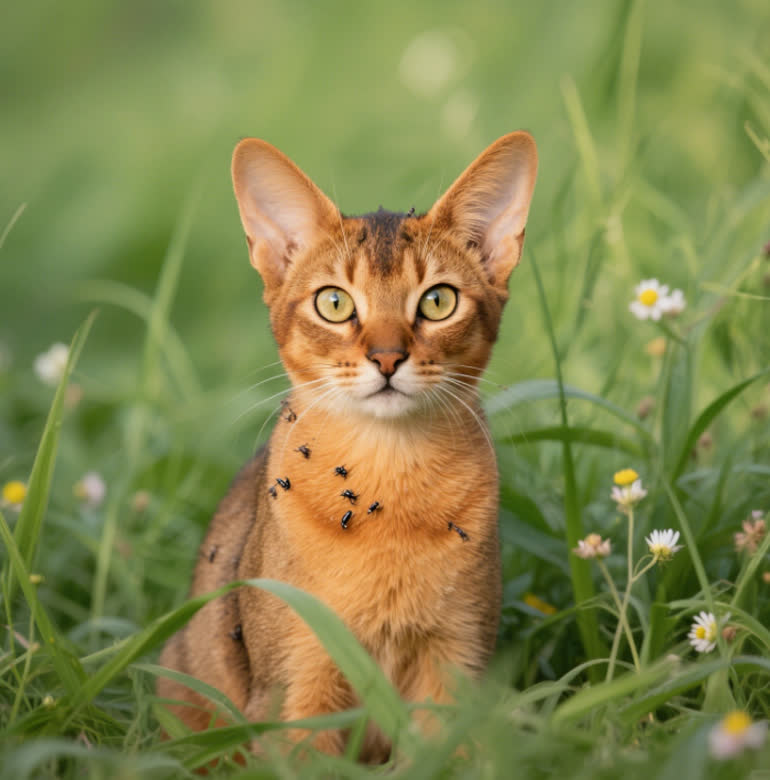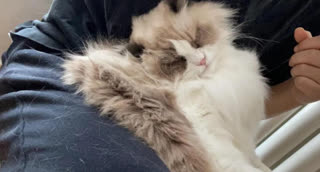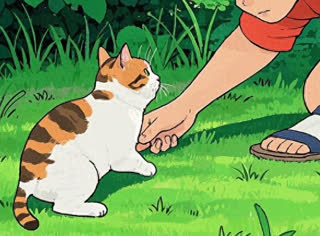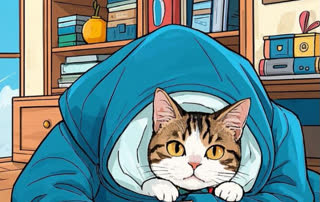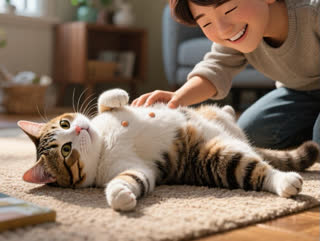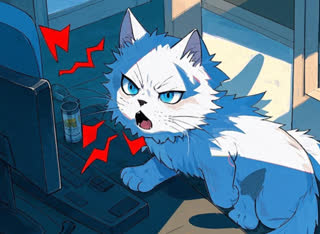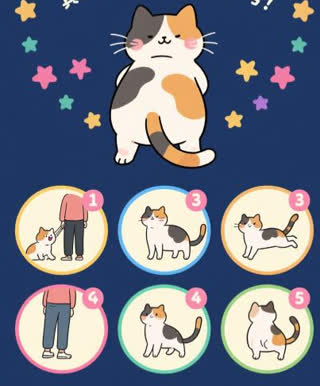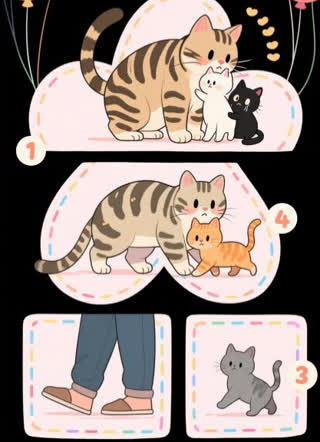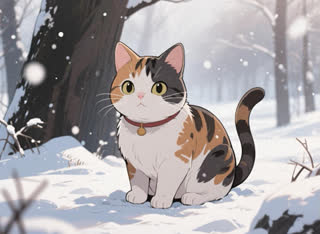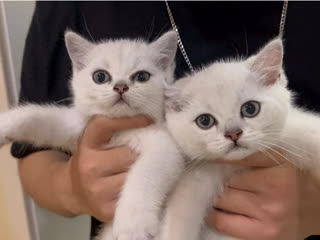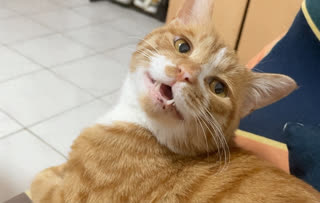The Abyssinian cat breed, with its almond-shaped eyes and athletic build, has captivated cat lovers since its formal recognition in the late 19th century. Often described as "miniature pumas," these felines stand out for their unique ticked coat patterns—a feature so distinctive that it’s embedded in the breed standard. This raises the question many enthusiasts ask: Why do Abyssinian cats have ticked coat patterns? The answer weaves together evolutionary biology, genetic wizardry, and a touch of ancient history.
The Genetic Blueprint Behind Ticking
At the heart of the Abyssinian’s signature coat lies the agouti gene (ASIP), which controls pigment distribution in individual hairs. Unlike tabby cats with bold stripes or spotted coats, Abyssinians exhibit evenly banded hairs—a phenomenon called "ticking." Each hair shaft alternates between light and dark pigment bands, creating a shimmering effect likened to crushed velvet.
Researchers at the UC Davis Veterinary Genetics Laboratory identified that Abyssinians carry a dominant allele of the Ta gene, which suppresses stripe formation while enhancing agouti expression. This genetic combo produces at least 4–6 alternating bands per hair, compared to the 2–3 bands seen in other breeds like Somalis.
Evolutionary Advantage: Survival of the Ticked
The Abyssinian’s wild ancestor, the African wildcat (Felis lybica), likely developed ticked coats as natural camouflage. In sun-dappled savannas, this broken color pattern helped break up the feline’s outline, making it nearly invisible to prey and predators.
A 2022 study in Animal Cognition revealed fascinating data:
Ticked cats blend into suburban environments 37% faster than solid-colored cats
Predatory success rates increase by 22% in dappled lighting conditions
This evolutionary edge persists even in domestic Abyssinians. Their coats still react to seasonal changes—guard hairs darken in winter, a throwback to ancestral survival mechanisms.
The Science of Shine: Hair Structure Secrets
Under electron microscopes, Abyssinian hairs reveal why their coats seem to glow:
Multi-layered cuticles: Reflect light like prisms
Pigment band density: 8–12 bands per hair (vs. 4–6 in other breeds)
Medulla composition: Air-filled cells that enhance luminosity
This complex structure creates the breed’s legendary "sunburst effect"—a golden sheen visible even in low light. Breeders carefully select for this trait, using a ticking scale (1–10) to evaluate litters.
Color Variations: More Than Meets the Eye
While the ruddy (tawny) Abyssinian is most iconic, the breed comes in four CFA-approved colors:
Ruddy: Burnt sienna base with black ticking
Sorrel: Cinnamon-red with chocolate bands
Blue: Slate-gray base with steel-blue bands
Fawn: Soft rose-beige with cream bands
These variations stem from modifier genes interacting with the agouti pattern. For example, the dilution gene transforms black pigments to blue, while the extension gene controls red pigment intensity.
Ancient Origins: Cats of the Pharaohs?
Egyptian tomb paintings from 1500 BCE depict ticked cats bearing striking resemblance to modern Abyssinians. A fresco in Hatshepsut’s temple shows a lithe, ticked feline sitting beside grain stores—likely serving as both pest control and religious symbol.
While DNA studies confirm Abyssinians share lineage with Indian Ocean coast cats, their exact origin remains debated. What’s undeniable is that their timeless coat pattern has fascinated humans for millennia.
FAQs: What Owners Want to Know
Q: Do ticked coats require special grooming?
A: Their short, dense fur needs weekly brushing. The ticking pattern naturally disguises shed hairs.
Q: Can mixed-breed cats have Abyssinian-style ticking?
A: True even ticking is rare outside the breed due to the specific Ta gene combination required.
Q: Why do some Abyssinians have "ghost stripes"?
A: Residual tabby genes may cause faint leg bands. Top breeders eliminate this through selective TICA-guided programs.
Conclusion: A Masterpiece of Nature and Nurture
The Abyssinian’s ticked coat is no accident—it’s a triumph of evolutionary adaptation refined through selective breeding. From the sands of ancient Africa to modern living rooms, these "sun cats" continue to mesmerize with their living mosaic of color and light. As genetic research advances, we’re decoding even more secrets behind their iconic coats, proving that nature’s most elegant designs often have the smartest survival logic.
